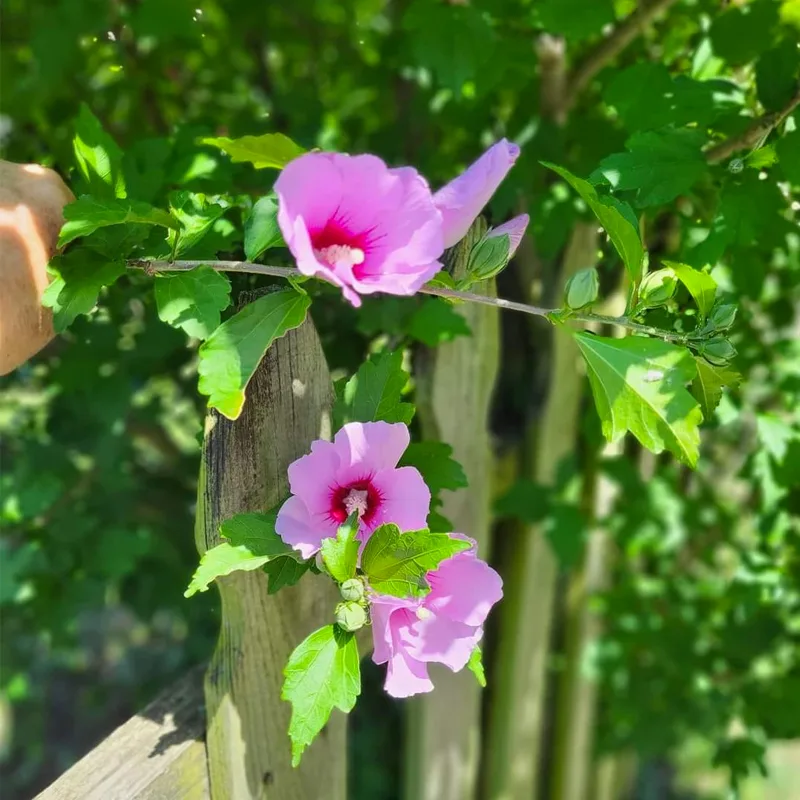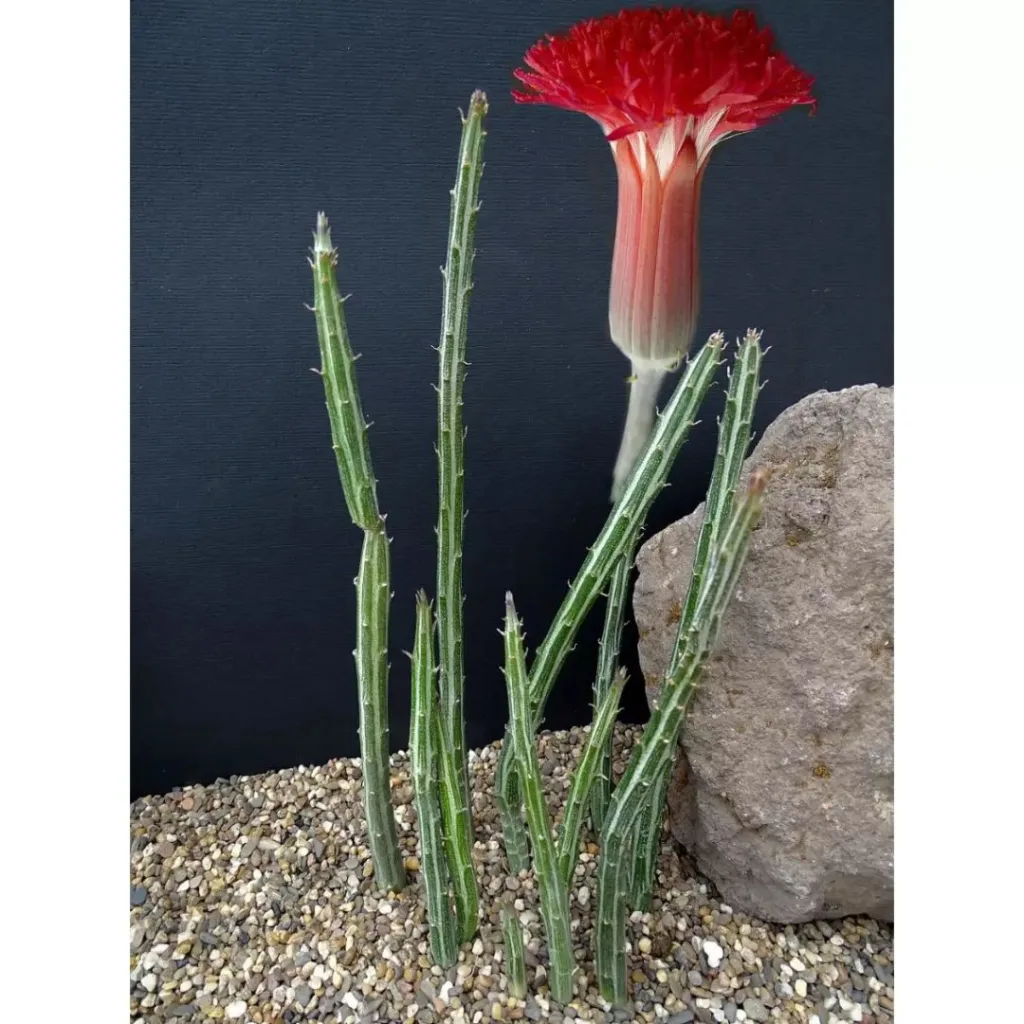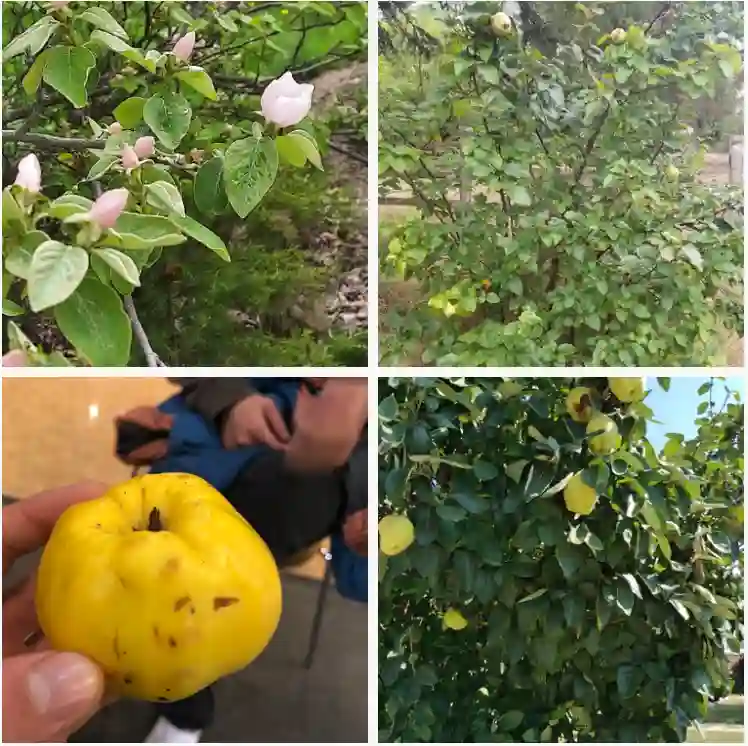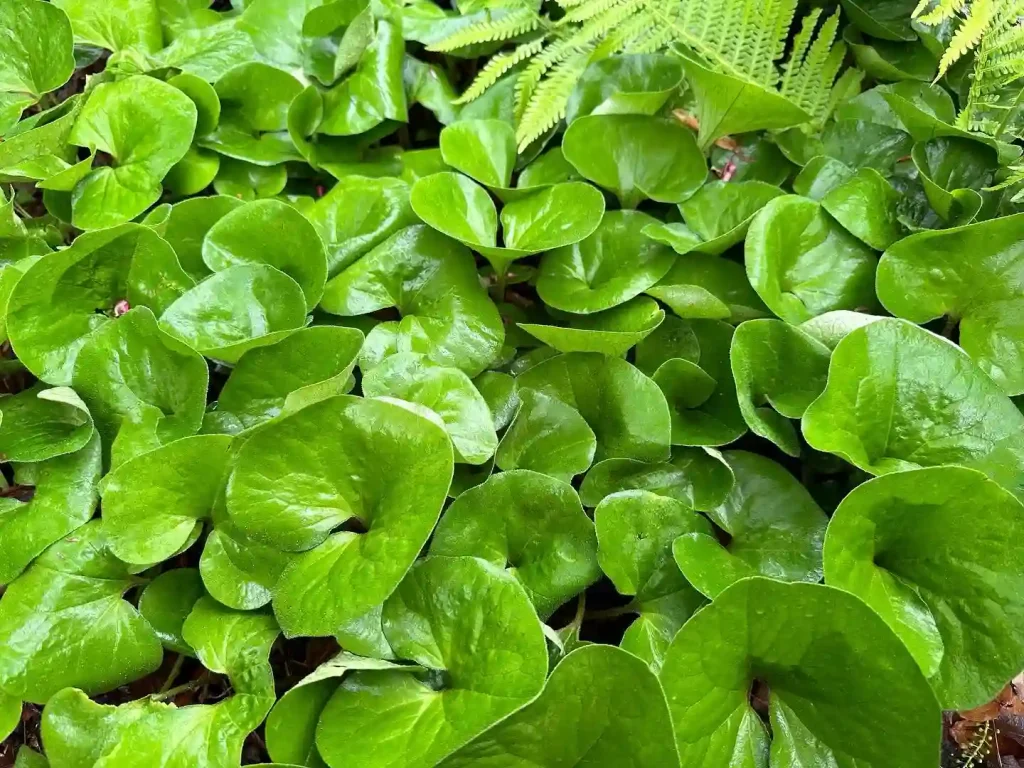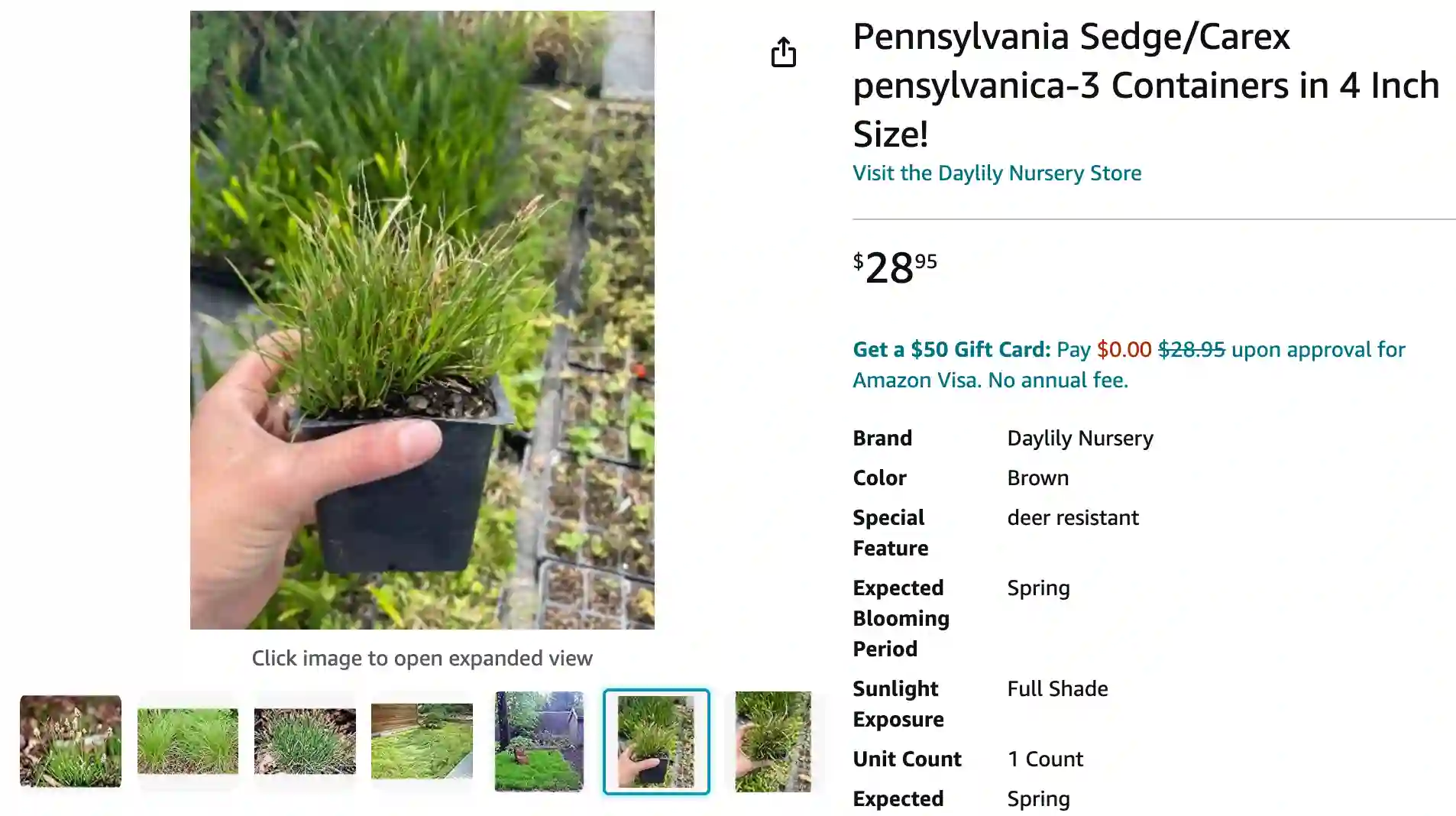
Pennsylvania Sedge: A Graceful Groundcover for Your Garden
As a gardener, I’m always on the lookout for interesting and low-maintenance plants to add texture and visual appeal to my garden beds. That’s how I came across Carex Pensylvanica, also known as Pennsylvania sedge. This little sedge quickly captured my attention with its fine, grassy foliage and delicate flower spikes.
Intrigued by its potential, I delved deeper into the world of Carex Pensylvanica and discovered a plant that’s not only beautiful but also versatile and easy to care for. In this article, I’ll share my learnings about this charming sedge, hoping to inspire you to consider it for your own garden.
2324 Species in Genus Carex
What is Carex Pensylvanica?
Carex Pensylvanica, commonly called Pennsylvania sedge or Penn sedge for short, is a perennial flowering plant belonging to the sedge family (Cyperaceae). It’s native to eastern and central North America, thriving in woodlands and shady areas. This low-growing sedge typically reaches a height of 8-12 inches when in bloom, with slender, arching leaves that add a graceful touch to the garden.
During spring (April to June), Carex Pensylvanica produces small, brown flower spikes that add a subtle touch of color. While not particularly showy, the flowers contribute to the overall charm of the plant. But perhaps the most attractive feature of Pennsylvania sedge is its evergreen nature (in warmer climates) or semi-evergreen nature (in colder climates), providing year-round interest in your garden.
How to Care for Carex Pensylvanica?
One of the main reasons I love Carex Pensylvanica is its easygoing nature. This low-maintenance plant requires minimal effort to thrive. Here’s what you need to know:
- Light: Pennsylvania sedge prefers partial shade to full shade. While it can tolerate some sun in cooler climates with consistent moisture, it performs best in shady areas.
- Soil: Carex Pensylvanica prefers moist, well-drained soil rich in organic matter. Amending your soil with compost before planting will ensure optimal growth.
- Watering: Once established, Pennsylvania sedge is quite drought tolerant. However, regular watering, especially during hot and dry periods, is beneficial. Aim to keep the soil consistently moist but not soggy.
- Fertilizer: This low-feeder doesn’t require frequent fertilization. A light application of balanced fertilizer in early spring might be helpful, but it’s not essential.
Can You Grow Carex Pensylvanica from Seed?
While technically possible, propagating Carex Pensylvanica from seed can be a bit challenging and time-consuming. Seeds require a period of cold stratification (exposure to cold temperatures) to germinate successfully. Additionally, germination rates can be variable.
For most gardeners, the easiest way to acquire Carex Pensylvanica is to purchase established plants from a nursery.
Where to Buy Carex Pensylvanica?
Many nurseries and online garden retailers offer Carex Pensylvanica for purchase. Look for healthy plants with lush green foliage and no signs of disease or pests.
Tip: When purchasing Carex Pensylvanica, consider buying several plants to create a mass planting for a more impactful look in your garden.
Will Carex Pensylvanica Grow in the Pacific Northwest under a Tree?
The Pacific Northwest is known for its cool, moist climate, which makes it an ideal environment for Carex Pensylvanica. As long as the area under the tree receives some dappled sunlight or partial shade, Pennsylvania sedge will thrive.
Tip: When planting Carex Pensylvanica under a tree, ensure the tree’s root system doesn’t compete with the sedge for water and nutrients. Amending the soil with compost before planting can help create a favorable environment for your sedge.
What to Plant with Carex Pensylvanica
Carex Pensylvanica’s versatility makes it a wonderful companion plant for a variety of shade-loving perennials and flowering shrubs. Here are some ideas for creating beautiful combinations in your garden:
- Ferns: The soft, feathery foliage of ferns complements the graceful texture of Carex Pensylvanica. Consider planting Maidenhair fern (Adiantum), Japanese Painted Fern (Athyrium niponicum), or Christmas Fern (Polystichum aculeatum) alongside your Pennsylvania sedge.
- Hostas: The bold foliage of Hostas provides a contrasting backdrop for the finer texture of Carex Pensylvanica. Choose varieties with blue or green leaves for a cool and calming effect.
- Spring Bulbs: Early blooming bulbs like Daffodils, Tulips, and Crocuses can add a pop of color to your garden before the Carex Pensylvanica comes into bloom.
- Shrubs: Shade-loving shrubs like Rhododendrons, Azaleas, and Hydrangeas can create a beautiful layered effect when planted with Carex Pensylvanica. The sedge fills in the space at the base of the shrubs, adding visual interest and suppressing weeds.
How to Propagate Carex Pensylvanica?
While purchasing established plants is the easiest way to acquire Carex Pensylvanica, for the more adventurous gardener, division is a viable propagation method. Here’s a quick guide:
- Timing: The best time to divide Carex Pensylvanica is in early spring or fall when the plant is dormant.
- Dig and Divide: Carefully dig up the mature sedge clump using a shovel. Using a sharp knife or trowel, divide the clump into smaller sections, ensuring each section has healthy roots and shoots.
- Replanting: Replant the divisions in your desired location, following the planting guidelines mentioned earlier. Water thoroughly after planting and keep the soil moist until the divisions are established.
Design Ideas with Carex Pensylvanica
Carex Pensylvanica’s versatility extends beyond its role as a companion plant. Here are some design ideas to incorporate this lovely sedge into your garden:
- Groundcover: As its name suggests, Pennsylvania sedge is a fantastic low-maintenance groundcover. Plant it in shady areas of your garden to suppress weeds and create a lush green carpet. It’s perfect for areas where traditional grass struggles to grow due to lack of sunlight.
- Borders and Edgings: The graceful arching foliage of Carex Pensylvanica makes it ideal for edging walkways, flower beds, or vegetable gardens. It adds a touch of texture and definition to your landscaping.
- Container Planting: Don’t limit Pennsylvania sedge to the ground! It thrives in containers, adding a touch of elegance to patios, porches, or balconies. Choose a pot with good drainage and use a well-draining potting mix.
Conclusion
Carex Pensylvanica is a delightful addition to any shade garden. Its easygoing nature, attractive foliage, and adaptability make it a valuable asset for gardeners of all levels. Whether you’re looking for a low-maintenance groundcover, a companion plant for shade-loving perennials, or an elegant addition to your container garden, Carex Pensylvanica is sure to impress. So, why not give this charming sedge a try in your own garden? You might just be surprised by its beauty and versatility.
If i die, water my plants!
